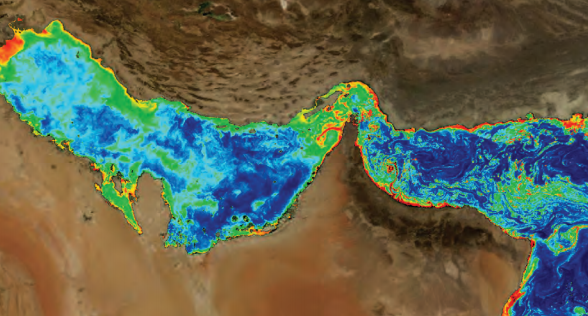Harmful Algal Blooms (HABs) and Desalination: A Guide to Impacts, Monitoring, and Management
Published on by Water Network Research, Official research team of The Water Network in Academic
Arid countries throughout the world are heavily reliant on seawater desalination for drinking and industrial process water. With nearly 20,000 plants operating globally and capacity projected to rise 12% per year, the industry is large and growing. A major operational challenge facing the industry is also expanding globally – the phenomena termed harmful algal blooms or HABs.
| Author(s) | Donald M. Anderson, Siobhan Boerlage and Mike Dixon, editors | |

Photo from the puclivation
Algal “blooms” are cell proliferations caused by the growth and accumulation of individual species; they occur in virtually all bodies of water. Cells can reach concentrations sufficient to make the seawater appear red (hence the common term “red tide”), though other colors are also observed, and many HABs are invisible.
Of the thousands of algal species, most are beneficial to humans and the environment, but some cause harm due to either their potent toxins or the copious quantities of dissolved and particulate organic matter they generate. Marine toxins pose a risk to both thermal and seawater reverse osmosis (SWRO) plants while the organics typically impacts only SWRO plants.
Impacts of HABs are a significant issue in desalination, exacerbated by the lack of knowledge of these phenomena among plant operators, engineers, and others in the industry, including regulatory agencies. This Manual was prepared to provide practical information about HABs, their toxins, biomass, and extracellular products, monitoring approaches inside and outside plants, treatment technologies, and risk assessment strategies.
Case studies arepresented describing HAB events at desalination plants throughout the world, detailing impacts and the strategies used to combat them. Their experiences and lessons learned can be beneficial to others encountering similar challenges. This Manual, with its practical areas of guidance and multidisciplinary approach, should be of great value to many in the industry.
Source: IOC UNESCO
Read and Download full report: UNESCO
Media
Taxonomy
- Drinking Water Security
- Drinking Water Treatment
- Decontamination
- Algae
- Desalination
- Sea Water Desalinisation
- Drinking Water Managment
- Drinking Water
- Algae Treatment
- Desalination